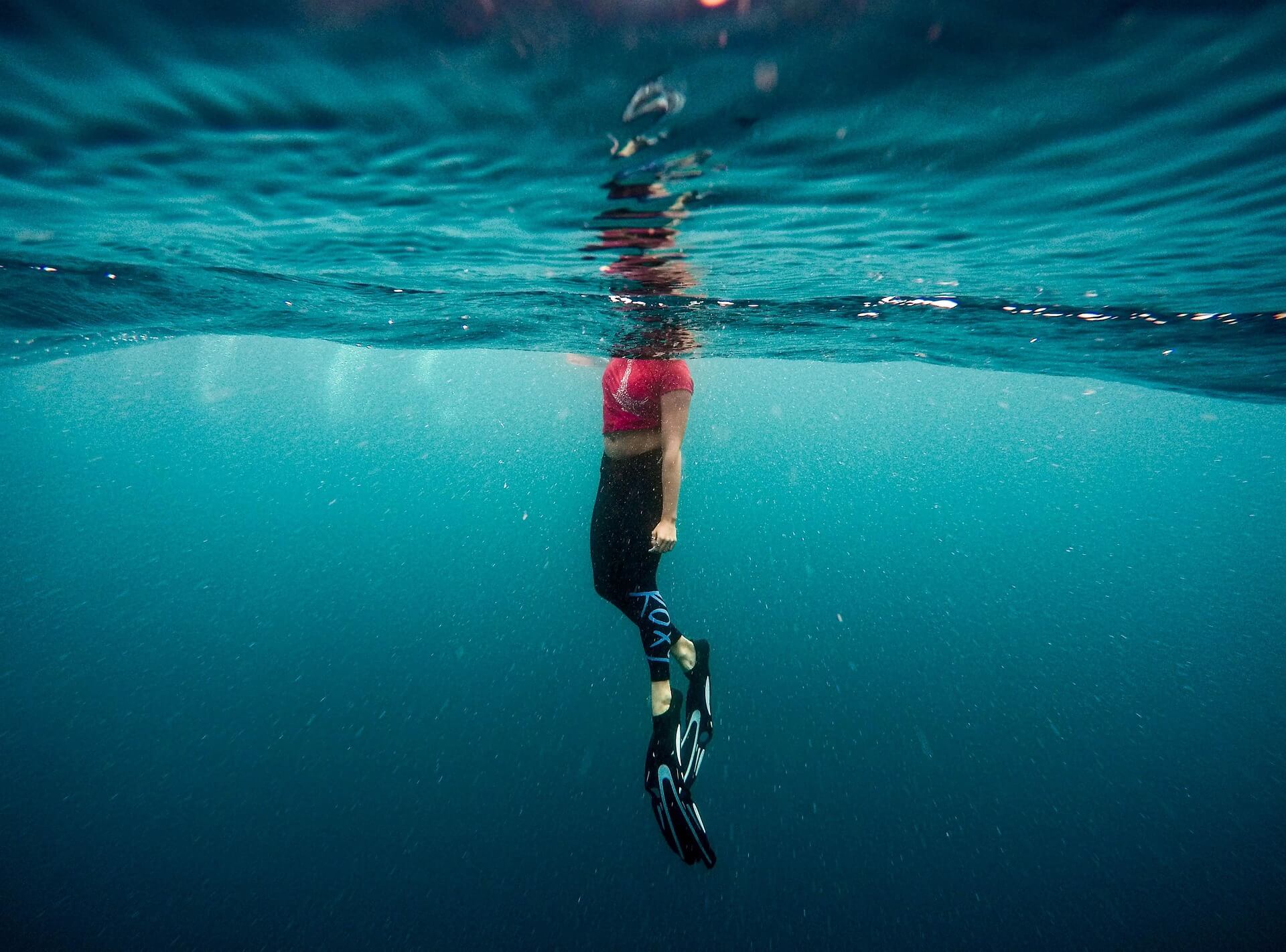Underwater Hockey Rules

Underwater hockey, also known as Octopush, is a thrilling and dynamic sport that combines elements of swimming, teamwork, and strategy, all set beneath the surface. Originated in the 1950s, the sport has gained popularity worldwide, attracting participants of all ages and skill levels. While the mesmerizing underwater action captivates audiences, understanding the rules is essential for players and spectators alike. This guide delves into the fundamental rules of underwater hockey, providing a comprehensive overview for newcomers and seasoned players.
Overview of Underwater Hockey
Underwater hockey is played at the bottom of a swimming pool, usually in a depth of about 2 meters. Two teams—each consisting of six players—compete to score goals by pushing a puck into the opposing team’s goal, which is placed at both ends of the pool. Players use snorkels, masks, fins, and a short stick (commonly between 10 to 12 inches long) to maneuver the puck.
Objective of the Game
The main objective in underwater hockey is straightforward: score more goals than the opposing team. A game typically consists of two halves, lasting 15 to 20 minutes each, with a break between halves. The team with the most goals at the end of the match is declared the winner.
Essential Equipment
Before diving into the rules, it’s important to outline the essential equipment:
- Snorkel and Mask: Necessary for breathing while submerged and for visibility.
- Fins: Aid in swimming quickly and maneuvering in the water.
- Stick: A short stick (10 to 12 inches long) is used to push the puck.
- Puck: Weighing approximately 1.5kg, the puck is designed to sink and is typically made of plastic or rubber.
- Goals: Each goal is approximately 1 meter wide and 0.5 meters high, positioned at the bottom of the pool.
Basic Rules of Underwater Hockey
Understanding the rules is crucial to enjoying and excelling in underwater hockey. Below are the key regulations that govern the sport.
1. Team Composition
A match comprises two teams, each with six players. Typically, each team consists of:
- 4 outfield players
- 2 substitutes (who can swap in during stoppages)
Teams may have additional substitutes, but only six players can be in the water at any time. Substitutes can enter or exit the game at designated benches.
2. Match Duration
A standard underwater hockey match consists of two halves:
- Duration: Each half lasts between 15 to 20 minutes, depending on the tournament or league regulations.
- Halftime: A short break, usually around 2 to 5 minutes, allows teams to regroup and strategize.
3. Starting the Game
The game begins with a “push,” where players from both teams line up along their respective goals. The puck is placed at the center of the pool, and on the referee’s signal, players dive in to gain control of the puck.
4. Scoring Goals
A goal is scored when the entire puck passes through the opposing team’s goal frame. Goals can be scored directly or through teamwork. The scoring team celebrates and prepares for the next face-off at the center of the pool.
5. Fouls and Penalties
Underwater hockey emphasizes sportsmanship and fair play. However, fouls do occur. Common fouls include:
- Obstruction: Blocking a player from reaching the puck.
- Holding or Pushing: Grabbing another player or pushing them underwater.
- Dangerous Play: Swinging sticks or aggressive behavior that endangers opponents.
Types of Penalties:
- Minor Penalties: 2-minute suspensions for less serious infractions (e.g., obstruction).
- Major Penalties: Result in a longer suspension (5 minutes) for severe incidents (e.g., fighting).
- Penalty Goals: In some tournaments, serious infractions may award the opposing team a direct shot on goal.
6. Player Positions and Roles
Understanding player positions can enhance performance and overall strategy. While teams may adopt flexible formations, a standard setup includes:
- Forwards: Focused on scoring and offensive plays.
- Defense: Tasked with protecting the goal and preventing the opposing team from scoring.
- Goalkeeper: The last line of defense; responsible for blocking shot attempts.
7. Substitutions
Players may substitute during stoppages at designated benches. It’s crucial that substitutions are made seamlessly to keep the flow of the game uninterrupted. Substitutions must be completed before the next play begins.
8. Safety Rules
Safety is paramount in underwater hockey. Players must:
- Maintain awareness of their surroundings.
- Avoid dangerous play, such as swinging sticks recklessly.
- Use appropriate gear and ensure that it fits correctly.
9. Refereeing
Games are overseen by both a head referee and assistants, who enforce the rules, call fouls, and ensure fair play. Referees are responsible for managing the game’s flow and issuing penalties when necessary.
Underwater hockey is played with passion, requiring skill and teamwork. Understanding its rules and structure not only enhances the experience for players but also enriches the viewing experience for spectators. As the sport continues to grow globally, adhering to the established rules ensures that the competitive spirit thrives in a safe, enjoyable environment.
Now that you’re familiar with the rules, it’s time to gather your gear, join a local league or club, and dive into the exhilarating world of underwater hockey! Whether you’re a newcomer or a seasoned player, the thrill of scoring the winning goal or executing a perfect play never fades in this underwater arena.
